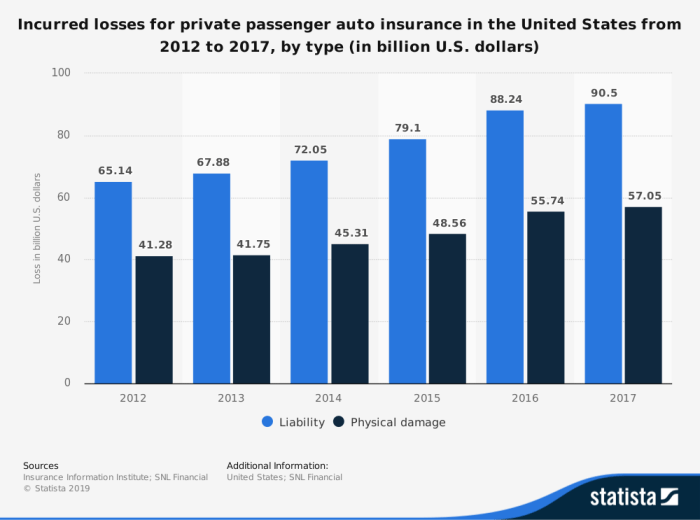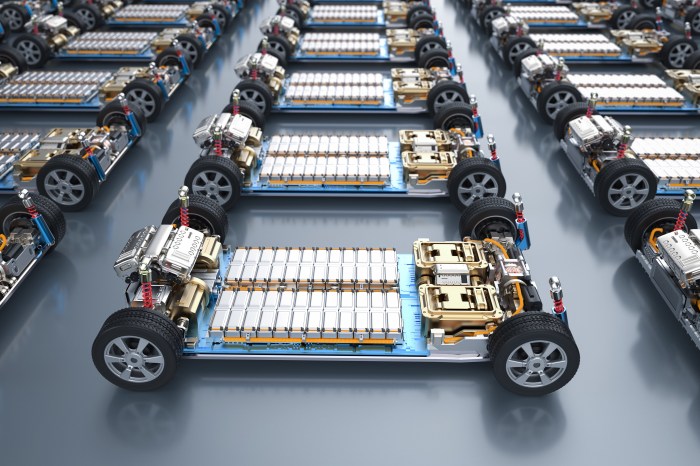Technological Advancements in Automotive Insurance

The automotive insurance landscape is undergoing a dramatic transformation, driven by rapid technological advancements. These innovations are not only changing how insurance is priced but also how it is delivered and experienced by consumers. The integration of technology is leading to more personalized, efficient, and ultimately fairer insurance models.
Telematics and Car Insurance Premiums
Telematics, the use of technology to collect and transmit data about vehicles and their drivers, is significantly impacting car insurance premiums. By installing a telematics device in a vehicle, insurers can collect data on driving behavior, including speed, acceleration, braking, mileage, and even time of day driving occurs. This data allows insurers to create a more accurate risk profile for each driver, leading to potentially lower premiums for safe drivers.
For example, a driver who consistently demonstrates safe driving habits through telematics data may receive a discount of up to 30% on their premium compared to a driver with a less favorable driving profile. Conversely, drivers with risky driving habits may see their premiums increase. This personalized pricing approach moves away from traditional risk assessment methods that rely heavily on demographics and historical data.
AI-Powered Risk Assessment
Artificial intelligence (AI) is revolutionizing risk assessment in the automotive insurance industry. AI algorithms can analyze vast amounts of data from various sources, including telematics, driving records, claims history, and even social media activity (with appropriate privacy considerations), to create highly accurate risk profiles. This allows insurers to better predict the likelihood of accidents and adjust premiums accordingly. For instance, AI can identify patterns in driving behavior that indicate a higher risk of accidents, such as frequent hard braking or speeding in specific areas.
This level of granular analysis allows for more precise risk assessment, leading to more equitable and efficient pricing. Furthermore, AI can also assist in fraud detection, analyzing claims data for inconsistencies and patterns indicative of fraudulent activity.
Connected Car Technology and Personalized Insurance
Connected car technology plays a crucial role in delivering personalized insurance offerings. Connected cars are equipped with sensors and communication systems that provide real-time data on vehicle performance, location, and driver behavior. This data can be used to create highly customized insurance policies tailored to individual needs. For instance, a policy could offer lower premiums for drivers who consistently park in secure locations, as indicated by the car’s GPS data.
Similarly, data on vehicle maintenance and usage can be used to offer discounts or specialized coverage options. This personalized approach leads to more relevant and competitive insurance products.
Effectiveness of Different Driver Monitoring Systems
Several driver monitoring systems are currently available, each with varying levels of effectiveness. These systems range from simple telematics devices that track basic driving metrics to advanced systems that incorporate AI-powered analysis and driver behavior scoring. The effectiveness of these systems depends on factors such as the accuracy and comprehensiveness of the data collected, the sophistication of the algorithms used to analyze the data, and the overall design and implementation of the system.
For example, a system that only tracks speed and mileage might not be as effective as a system that also monitors acceleration, braking, and lane departures. The most effective systems integrate multiple data sources and utilize advanced analytics to provide a holistic view of driver behavior.
Traditional Insurance vs. Usage-Based Insurance (UBI)
| Feature | Traditional Insurance | Usage-Based Insurance (UBI) |
|---|---|---|
| Pricing | Based on demographics, vehicle type, and driving history | Based on actual driving behavior data |
| Data Collection | Limited to historical data and self-reported information | Real-time data collected through telematics |
| Premium Adjustment | Infrequent adjustments, usually annually | Frequent adjustments based on driving behavior |
| Fairness | Potentially less fair, as it may not accurately reflect individual risk | More fair, as it reflects individual driving habits |
